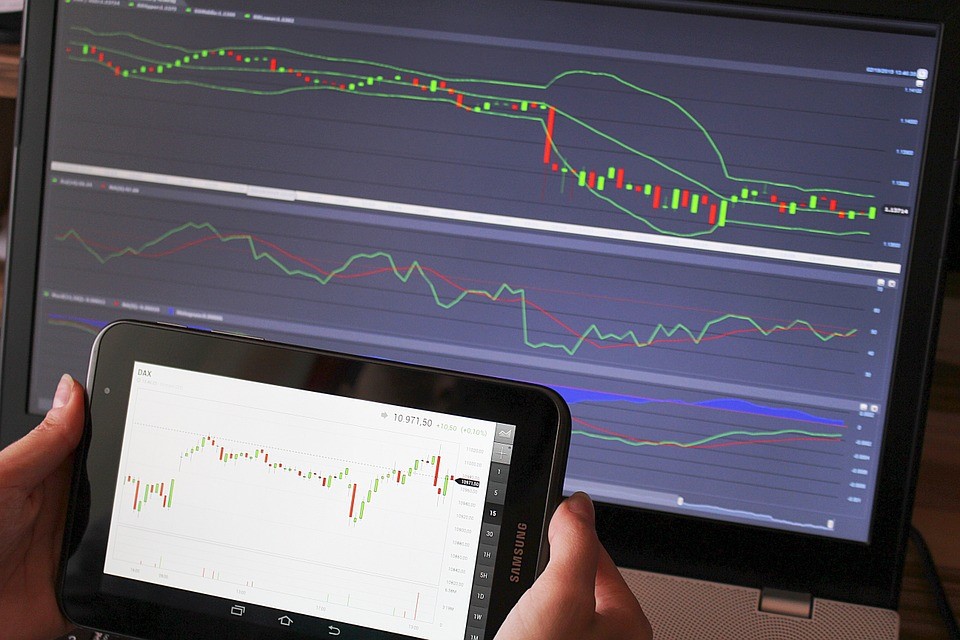Is it Possible to Make a Side Income Trading CFDs?
 If you’re an entrepreneur who has always had more than a passing interest in the financial markets and you have some capital that you’d like to invest to generate a side income whilst running your primary business, you might be interested to know there is now a form of financial trading that everyday people can get involved in without the need for specialised knowledge. Some trading brokerage firms now offer contracts for difference (CFD) trading, which is a derivative form of trading, designed to give newcomer traders access to thousands of active markets and assets.
If you’re an entrepreneur who has always had more than a passing interest in the financial markets and you have some capital that you’d like to invest to generate a side income whilst running your primary business, you might be interested to know there is now a form of financial trading that everyday people can get involved in without the need for specialised knowledge. Some trading brokerage firms now offer contracts for difference (CFD) trading, which is a derivative form of trading, designed to give newcomer traders access to thousands of active markets and assets.
The biggest difference between traditional stock trading and CFD trading is that with the latter, you never physically own the stocks and assets that you ‘buy’ and ‘sell’. CFD trading allows investors to trade the price movements of a specific asset on the actual stock market. If you think the price of an asset will rise in the coming days or weeks, you would open a ‘buy’ order. If you believe the price of an asset will plummet, you would open a ‘sell’ order and then close the trade at a later date. You then take a profit or loss based on the price movement between your opening and closing trades. Sounds simple, right? In many ways it is, providing you manage your risk accordingly.
Most CFD trading brokers will allow their clients to implement stop losses and take profit orders, so that you can protect your bank and ensure that any losses are kept to a small percentage of your investment funds.
When you’re looking to choose a suitable CFD broker, you’ll want to look at the ‘spreads’ each brokerage offers. The spread is the difference between the actual price of the underlying asset you wish to trade and the price the CFD broker offers. This allows the brokers to make a tiny cut on each trade you place, without having to charge additional commission. The tighter (smaller) the spreads, the fairer the price you’re getting on each asset.
Another thing you should be aware of when starting out in CFD trading is leverage. Some brokers will offer leverage, allowing clients to buy assets that can be as much as 100 times the value of their actual trading account. If the trade does go in your favour, you’ll obviously win, but if it doesn’t go as anticipated, you run the risk of losing far more than you had initially invested in your trading account. Leverage is seen as the ‘sexy’ side to trading CFDs – a chance to make the big time. However, if you’re keen to simply make a steady, passive side income from trading stocks, forex, commodities and even government bonds, the responsible thing is to ignore leverage and focus on executing the right trades and employing safe stop losses and take profit orders.
Finally, if you are living and working in the UK, bear in mind that the profits you make from CFDs are eligible to HM Revenue and Customs (HMRC) taxation. As you don’t own the underlying asset when trading CFDs, you won’t be eligible to pay stamp duty - but you will still be subject to capital gains tax. If you get an accountant to manage your business finances, you should make them aware of your trading income also to avoid any nasty surprises. CFD trading can certainly be a handy second income and isn’t only suited to experienced traders. Providing you are responsible with your trades and manage your risk, you can quickly hone your skills and spot profitable trading angles.

 Delicious
Delicious Digg
Digg StumbleUpon
StumbleUpon Propeller
Propeller Reddit
Reddit Magnoliacom
Magnoliacom Newsvine
Newsvine
Comments
Post new comment